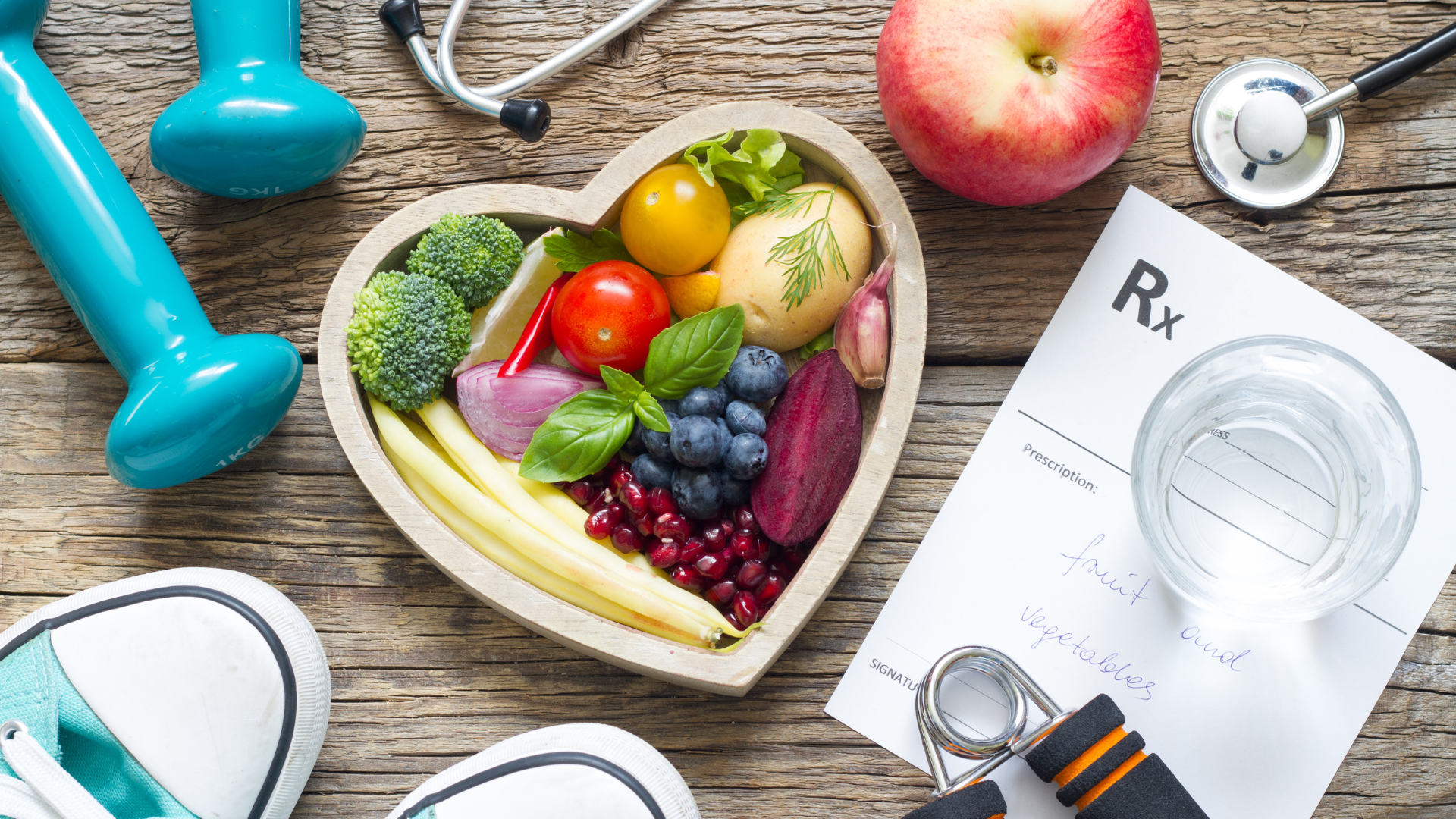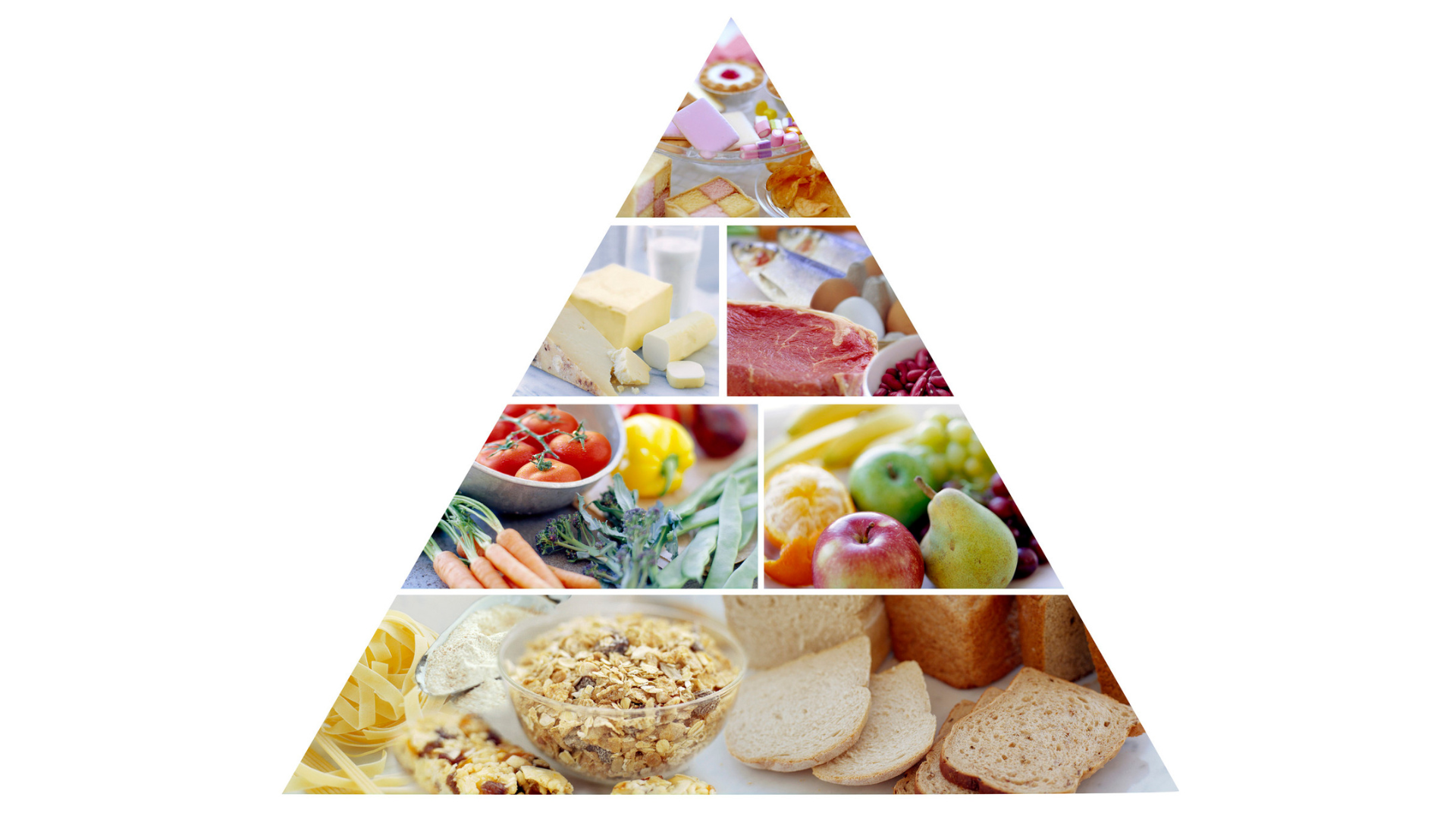National Cancer Prevention Month
February is National Cancer Prevention Month, and it's a time to reflect on what we can do to reduce our cancer risk. Even though some cancers may be inevitable, 40% of all cancer cases and almost 50% of all cancer-related deaths in the United States are preventable. Although we can never guarantee that cancer won't affect us, there are steps we can take to reduce our risk of developing the disease. From quitting smoking to eating a healthy diet, each of us has the power to make choices that could impact our health for years to come.
What is cancer prevention month, and why is it important?
Cancer Prevention Month is an annual observance focused on raising awareness of cancer prevention, early detection, and treatment. It encourages individuals and communities to take steps toward reducing their risk of developing cancer while providing more comprehensive access to preventive treatments and care. While it is impossible to assure absolute immunity from cancer, we can reduce our chances of being affected by it by following certain habits like avoiding smoking, limiting alcohol consumption, getting vaccinated, maintaining a healthful diet, exercising regularly, and getting enough sleep. Moreover, regular screenings can allow for the early identification and treatment of precancerous growths or conditions that could become problematic in the future. Participating in Cancer Prevention Month is a proactive way for everyone to make the most of their health by taking preventative measures that help eliminate potential risks associated with a diagnosis.
How can anyone get cancer, and what are the risk factors involved?
As we commemorate National Cancer Prevention Month, it is important to recognize that anyone can develop cancer, regardless of age, gender, ethnic background, or income level. To understand how anyone can get cancer, it's essential to understand the various risk factors that could contribute to its development within someone's body. Some of these risks include age, genetics, family history of certain types of cancer, lifestyle choices such as smoking or drinking alcohol or eating processed foods, and environmental exposure to substances such as radiation or asbestos. Although cancer does not discriminate against age, race, or gender, minorities are at a higher risk of developing advanced disease and complications for some cancers due to disparities in access to cancer screenings, diagnosis, and treatments. It's critical for everyone to recognize their risk factors and understand how they can reduce them by making healthier lifestyle choices. During National Cancer Prevention Month each year, families should take time to evaluate the risks of cancer with their healthcare provider and review strategies to reduce these threats while encouraging early detection if they do occur.
While cancer is not 100% preventable, here's what you can do to reduce your cancer risk.
Abstaining from tobacco
Cigarette smoking is hazardous and is linked to an estimated 80-90% of all lung cancer deaths. Quitting smoking can drastically reduce the risk of developing various cancers, including lung, bladder, cervical, and stomach cancer. Additionally, smokeless tobacco products such as dipping and chewing tobacco can increase the risk of cancer in the esophagus, mouth and throat, and pancreas. In fact, tobacco use can cause cancer almost anywhere in your body.
Quitting smoking can significantly reduce the risk of developing cancer, and it is never too late to begin making healthier lifestyle choices. When people quit smoking, their body begins to heal themselves, and with time many of the associated risks of smoking will diminish. People who want to stop should speak with their healthcare provider about support and treatment options to help them stop using tobacco. Take the first step towards quitting by getting helpful tips and resources at Smokefree.gov.
Limiting alcohol consumption
Drinking alcohol increases your risk of developing six kinds of cancer—mouth and throat, voice box (larynx), esophagus, colon and rectum, liver, and breast cancer in women. Alcohol is turned into a chemical called acetaldehyde in your body, and Acetaldehyde hurts your DNA and stops your body from fixing the damage. DNA is like a set of instructions that tells cells what to do, and when it is damaged, cells can start growing too much and form a tumor. While a "safe" level of drinking doesn't exist, the 2020–2025 Dietary Guidelines for Americans recommends limiting alcohol intake to two drinks or less a day for men and one drink or less for women.
Regular exercise
Exercise is a powerful weapon in the fight against cancer! Studies show that regular physical activity can help reduce your risk of certain cancers. When you exercise, you're boosting more than just your health - it has biological effects on the body, lowering hormones such as testosterone and estrogen levels, minimizing inflammation, amplifying immune system performance, preventing obesity, and stabilizing blood sugar levels. To gain these benefits for yourself or loved ones: aim to get 150 minutes per week of moderate-intensity activities combined with strengthening exercises at least two days a week consistently for optimal results!
Maintaining a healthy weight
Research has shown that individuals with obesity are more likely to develop 13 types of cancer - accounting for 40% of all cancers diagnosed in the United States annually. Obesity is a health issue that can cause changes in the body's hormones, metabolism, and immune system. It increases inflammation throughout the body, leading to increased cancer risk. Following a nutritious diet and regular exercise can significantly reduce your risk of developing health problems, including cancer. Eating a balanced diet consisting of whole grains, fruits and vegetables, lean proteins, nuts, and seeds will provide the essential nutrients your body needs while avoiding processed foods high in trans fat or added sugars.
Avoiding exposure to the sun
Protecting your skin from harmful UV rays can help you avoid an increased risk of skin cancer. Even on cloudy and cool days, these powerful beams are easily reflected off surfaces such as water, sand or snow - so make sure to take steps toward protection! Artificial sources like tanning beds & sunlamps should also be avoided. Sun exposure can drastically alter the color of your skin - whether you end up with a golden tan or sunburned red, it's important to note that any change is because UV rays are causing damage to the inner layers. More melanin production results in changes in pigmentation that may look beautiful now but could have long-term effects. Some steps to take to protect yourself against these harmful UV rays are staying out of direct sunlight during peak hours (usually between 10 am and 4 pm), wearing protective clothing such as hats and sunglasses when spending time outdoors, and applying sunscreen with at least SPF 30 before going outside. Additionally, carry a bottle of sunscreen and reapply every two hours while in the sun.
Get Vaccinated
Vaccination is a powerful way to help prevent cancer. The HPV vaccine helps protect against many cancers caused by the human papillomavirus, and it's recommended for preteens aged 11-12 and anyone up through age 26. Additionally, getting vaccinated with the hepatitis B shot can shield you from developing liver disease or potentially deadly liver cancer resulting from HBV infection. Taking advantage of these preventive measures and getting vaccinated can reduce your cancer risk and help you lead a healthier life. Remember that these vaccines are not alternatives to regular screenings - they provide an additional layer of defense. It's important to talk to your doctor or healthcare provider about any questions or concerns about reducing your risk for different types of cancers.
Screening Tests
Screening tests can help you find certain cancers before any symptoms start. The Centers for Disease Control & Prevention (CDC) recommends screenings for breast, cervical, colorectal (colon), and lung cancers. A screening test is used to diagnose a disease when someone doesn't have symptoms. Early detection through screening can lead to more effective treatment options and improved outcomes.
For example, mammograms are an X-ray of the breast that can be used to detect breast cancer early on. Other screening tests like breast MRIs can be used to detect breast cancer at an even earlier stage. Breast MRIs use magnets and radio waves to take pictures of the breast. They are recommended for individuals with a higher risk of developing breast cancer due to their family history or specific genetic mutations.
By taking the HPV and Pap tests, you can help prevent cervical cancer and identify it in its early stages. The Pap test looks for abnormal cells in the cervix that may become cancer, while the HPV test checks for the human papillomavirus that can cause cell changes. Regular screenings like the HPV or Pap test help identify any abnormal changes in your cervix, allowing you to get the treatment you need immediately if anything is found.
Colorectal cancer usually develops from precancerous polyps (abnormal growths) in the colon or rectum. Screening tests can find these polyps before they become cancer and offer the best chance to prevent colorectal cancer.
There is only one recommended screening test for lung cancer. It's called low-dose computed tomography (LDCT) or a low-dose CT scan. It is recommended that people who have a 20 pack-year or more smoking history, smoke now or have quit within the past 15 years, and are between 50 and 80 years old should have a yearly lung cancer screening.
It's important to talk with your healthcare provider about which screenings make sense based on your age, health history, and risk factors. By detecting cancer early on through screening tests, you can be treated before the disease spreads, often resulting in more successful treatment outcomes and a better quality of life.
Conclusion
Regular exercise and abstaining from smoking or using drugs are a few of the most basic ways individuals can significantly decrease cancer risk. Eating a healthy diet enriched with fruits and vegetables is an additional way to strengthen our body's natural defense against disease. These practices and standard medical checkups are part of any good plan for guarding against cancer cases. So this month, let's encourage ourselves and those around us to embrace these healthy changes to keep living life as best we can!
Cancer Prevention Month is an annual campaign to increase public awareness of cancer and encourage preventive measures. Anyone can get cancer, but there are steps that people can take to reduce their risk. While cancer is not 100% preventable, taking time to evaluate the risks with a healthcare provider and reviewing strategies to minimize these risks is essential in prevention.


